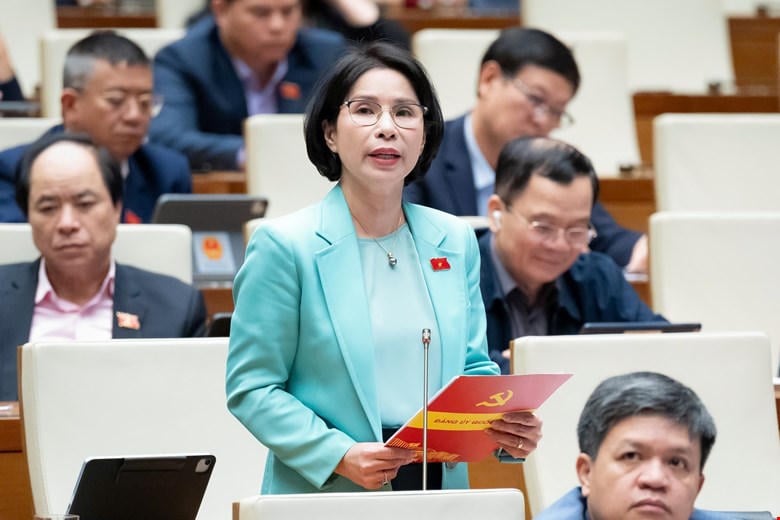
Don't apply a single age limit rigidly.
Day On November 20, the National Assembly discussed in the hall the draft Law amending and supplementing a number of articles of the Law on Education ; the draft Law on Higher Education (amended); and the draft Law on Vocational Education (amended) . Commenting on the draft Law amending and supplementing a number of articles of the Law on Education, Delegate Tran Thi Nhi Ha ( Hanoi Delegation ) said that the provision "The age of students entering grade 10 is 15 years old and is calculated by year" (Clause 7, Article 19) of the draft Law is not really suitable in the context of promoting talent development and building an open, flexible, and modern education system.
The delegate cited domestic practice and international experience as evidence that there are excellent, outstanding students who are fully capable of skipping grades and levels. If we rigidly apply a single age limit, we are inadvertently “framing” the development of special talents that should be encouraged, nurtured and facilitated.
On the contrary, there are also cases where students are sick and interrupt their studies for one or several years, leading to the inability to meet the age requirement. when entering grade 10. If the law is so strict, it will unintentionally create barriers for the students themselves, the ones who need the most support.
"This is a technical and administrative content, so it should not be regulated in the law. We propose that the Ministry of Education and Training issue a circular regulating this content," said delegate Nhi Ha.
Regarding Article 32 of General Education textbooks, the draft law stipulates that textbooks are compiled to specify the program and that appraisal councils are established for each subject and educational activity at each level. However, it is not clear which subjects require textbooks and which subjects do not necessarily require textbooks.
According to the delegate, in practice, many subjects that are experiential and active such as Physical Education and Experiential Activities are still compiled and fully printed in textbooks, while students and parents rarely use them. This causes waste of resources and increases unnecessary social costs.
Citing international experience showing that not requiring textbooks for practical subjects is completely appropriate, delegates recommended that the decision to use or not use textbooks for each subject needs to have clear regulations and be assigned to specialized agencies to specify details in sub-law documents.
Building an open legal framework for the higher education system
Regarding the Draft Law on Higher Education Amendment, the Hanoi delegation said that the draft currently lists specific types of higher education institutions such as: universities, academies, colleges, national universities, regional universities and institutions established under international agreements. Currently, the country has two national universities and three regional universities.
If these models are directly incorporated into the law, we are inadvertently "recording the status quo", instead of building an open, visionary legal framework that is flexible enough to accommodate the development and innovation of the higher education system in the future.
Delegate Nhi Ha proposed that it is necessary to redefine the university education system according to international practices and in accordance with Vietnamese reality, ensuring clarity and ease of understanding. Only two basic models should be established: multidisciplinary and multi-field universities and specialized universities for specific fields.
In particular, multidisciplinary universities need to be identified as comprehensive training models at all levels of higher education. National universities are classified in this group, but with a special position assigned to national-level tasks and need to be clearly defined on specific mechanisms guided by the Government, in order to ensure key investment resources and differences to create conditions for development in the direction of elite universities. For regional universities, they can be arranged into the multidisciplinary, multidisciplinary university model.
In addition, with the specialized university model, focusing on specific fields at all levels of undergraduate and postgraduate education. Training and granting of degrees and certificates need to be carried out consistently according to the characteristics of each program, ensuring specialization and meeting the requirements of human resource development.
Source: https://daidoanket.vn/dai-bieu-de-nghi-khong-dong-khung-do-tuoi-hoc-sinh-vao-lop-10.html








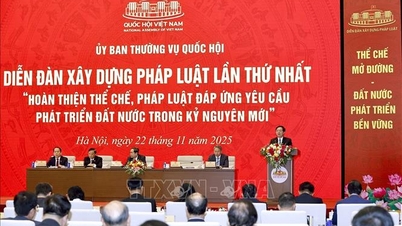



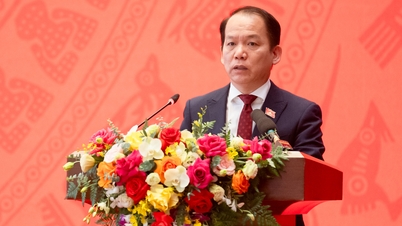
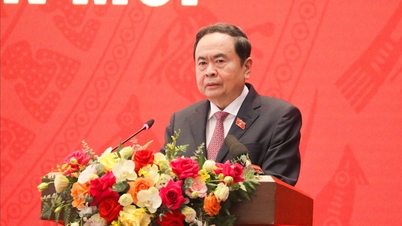


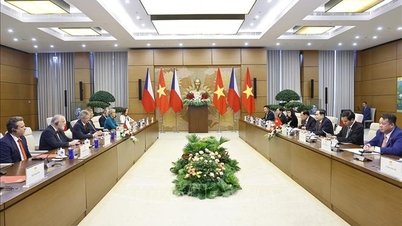

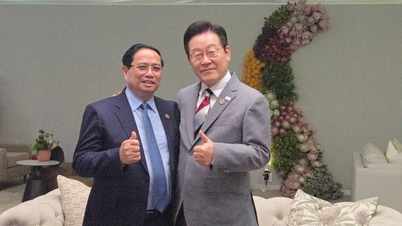

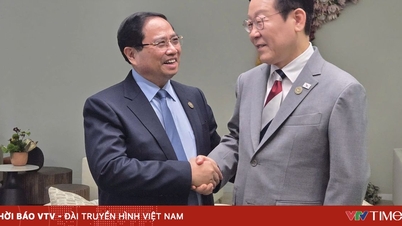









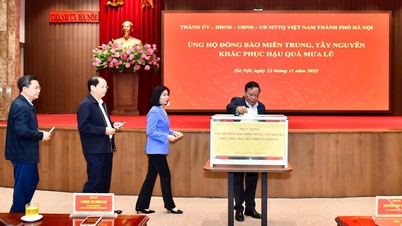












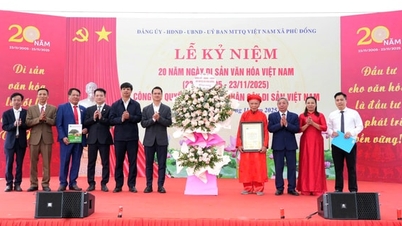








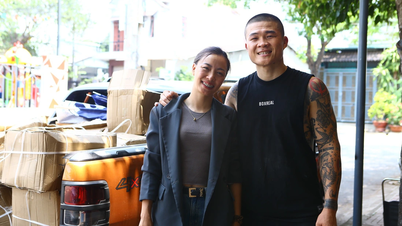


































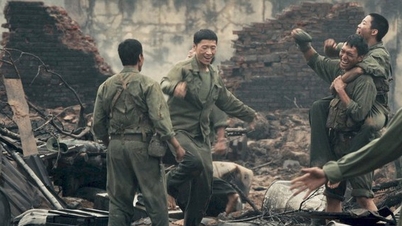








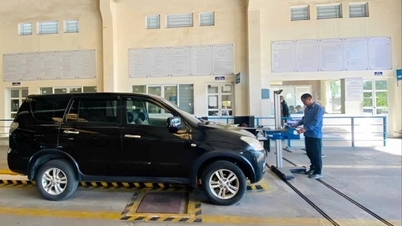













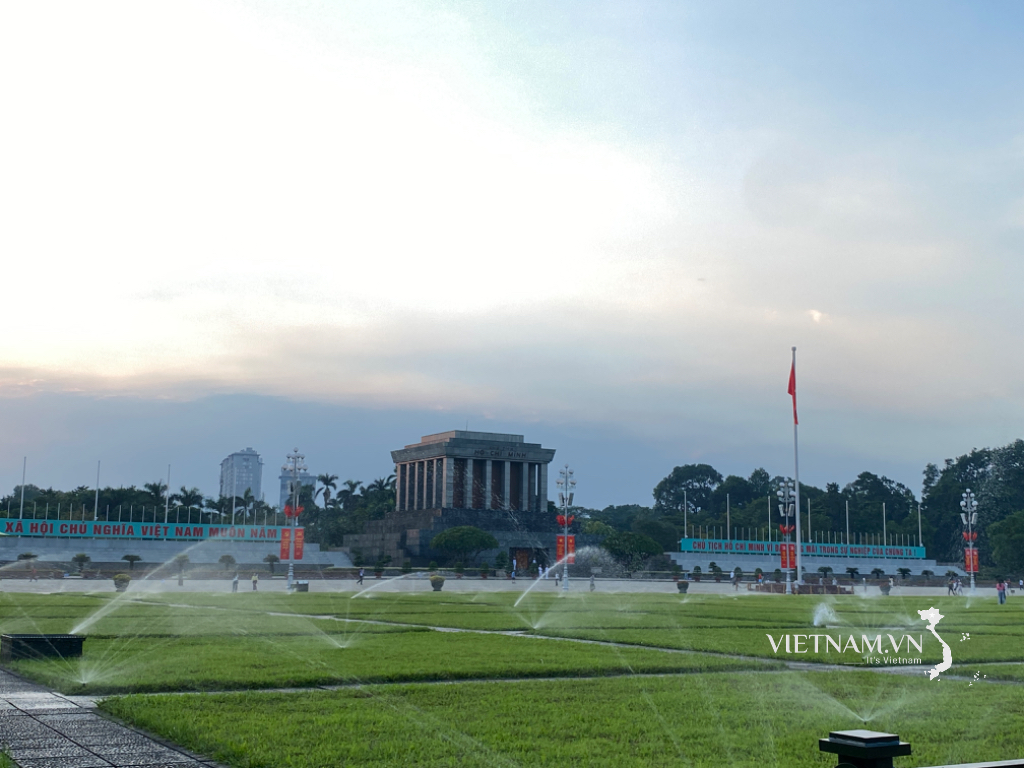

Comment (0)